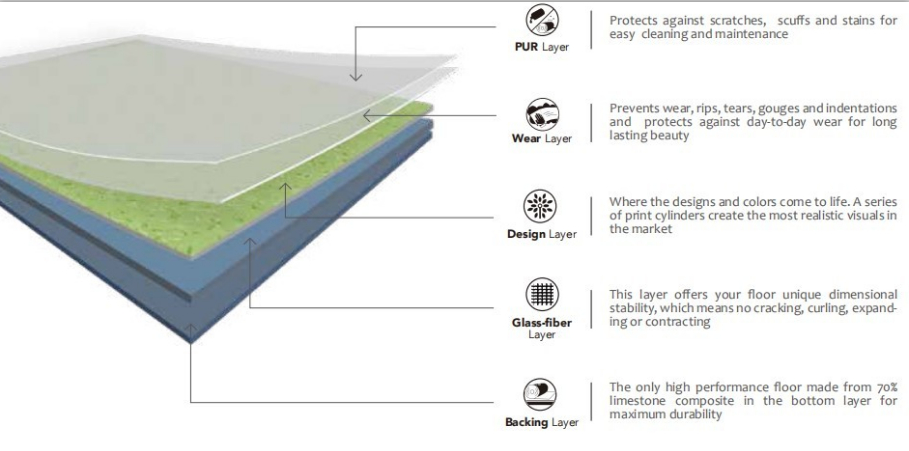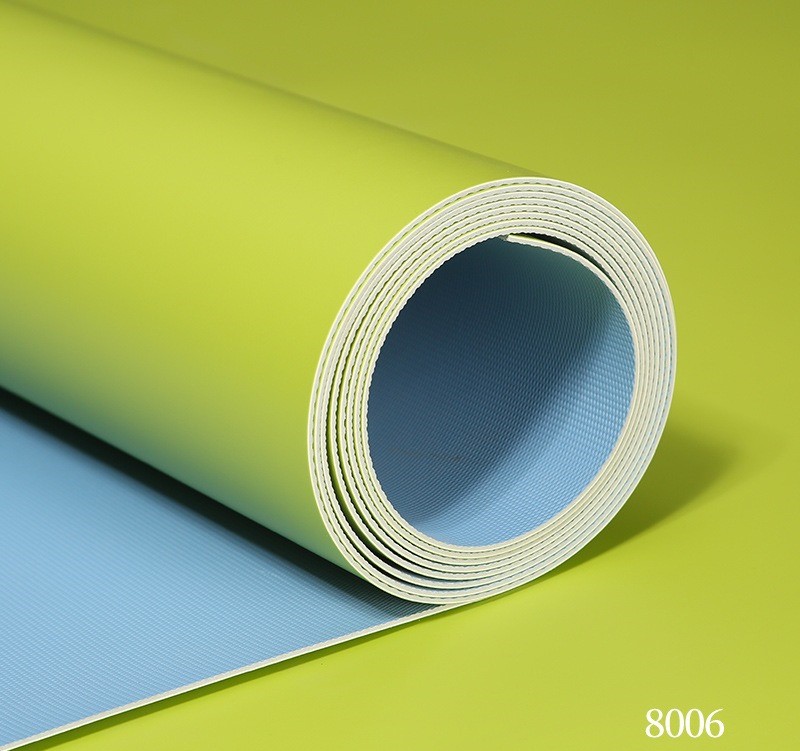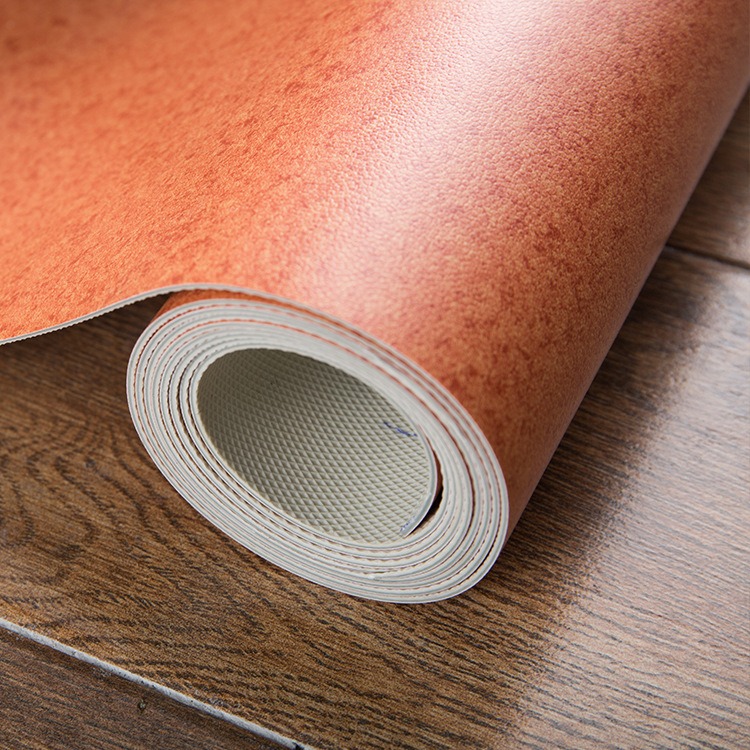

- 0086 13321818576 (Steven Lee)
- info@3c-floor.com

Heterogeneous vinyl sheet is a popular type of flexible flooring known for its durability, affordability, and aesthetic appeal. Unlike homogeneous vinyl, which has a uniform composition throughout, heterogeneous vinyl consists of multiple layers, each serving a specific purpose.
Structure and Composition
A typical heterogeneous vinyl sheet is composed of:
Wear Layer: A transparent top coating that resists scratches, stains, and UV fading.
Decorative Layer: A printed design layer that mimics wood, stone, or abstract patterns.
Core Layer: Usually made of PVC and fillers, providing stability and cushioning.
Backing Layer: Often fiberglass-reinforced for added strength and dimensional stability.

Advantages
Durability: The multi-layer structure enhances wear resistance, making it suitable for high-traffic areas.
Water Resistance: Unlike natural materials, vinyl sheets are impervious to moisture, ideal for kitchens and bathrooms.
Easy Maintenance: Simple cleaning with water and mild detergent keeps it looking new.
Cost-Effective: More affordable than hardwood or ceramic tiles while offering similar visual appeal.
Applications
Heterogeneous vinyl sheets are widely used in homes, offices, hospitals, and retail spaces due to their versatility. They can be installed over existing floors with minimal preparation.
Environmental Considerations
Modern vinyl sheets often include recycled materials and are phthalate-free, making them a safer choice for indoor environments.
In summary, heterogeneous vinyl sheet flooring combines practicality, style, and affordability, making it a smart choice for both residential and commercial spaces.
